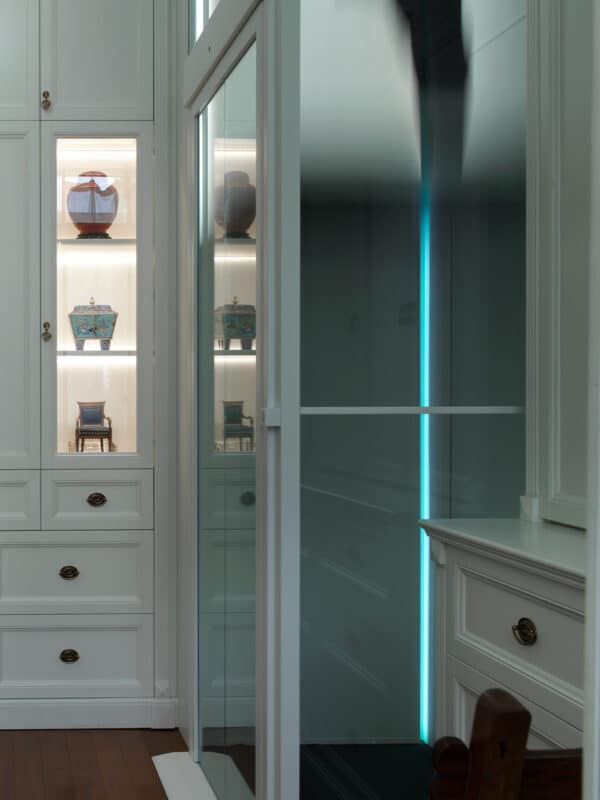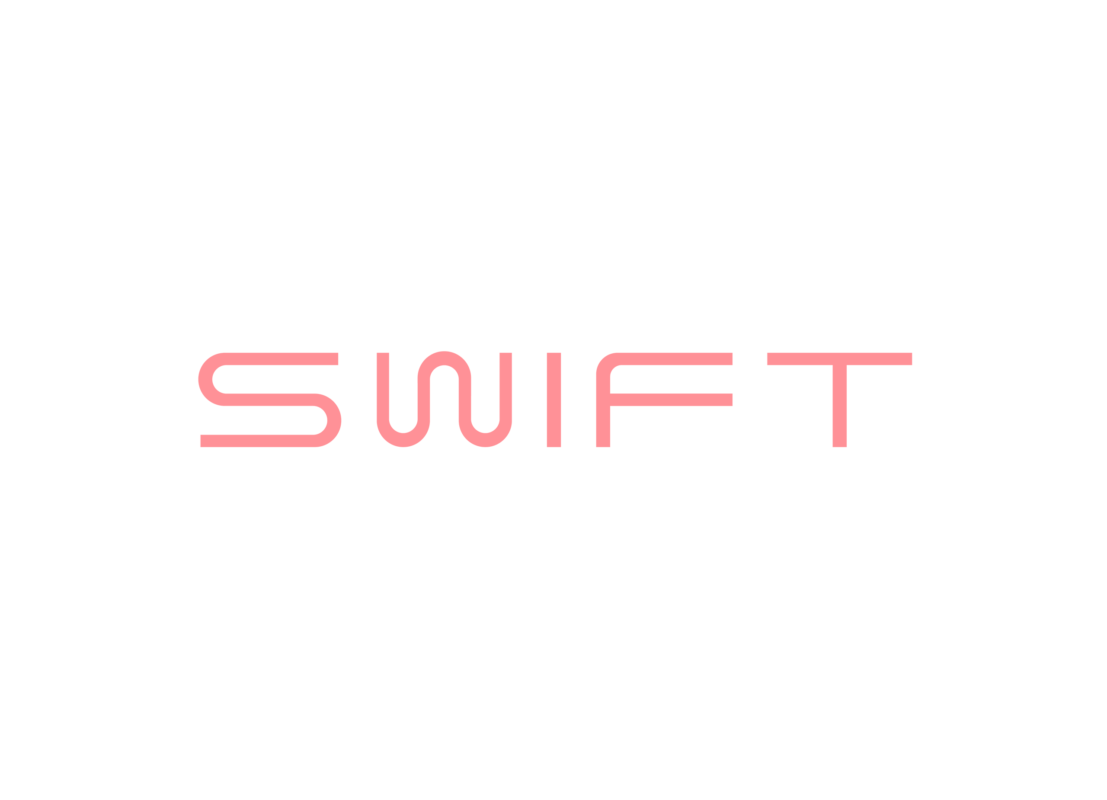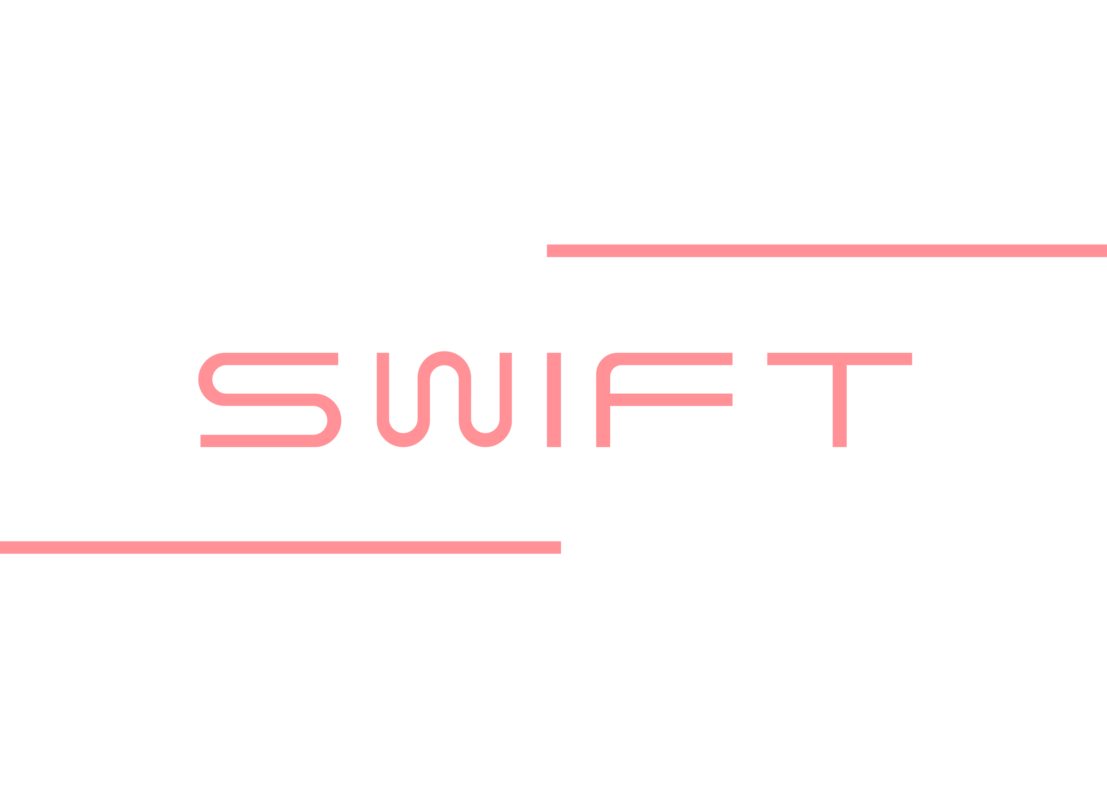
The Australian elevator market is projected to grow at a CAGR of 6.9% from 2024 to 2030, driven by aging-in-place needs and urban densification. Compact home lifts are transforming accessibility for Australian homeowners, offering a practical solution for navigating multi-level homes with ease. Whether you’re retrofitting a heritage home in Melbourne or building a modern duplex in Perth, understanding these cost drivers will help you budget for low-cost home elevators or small lifts for houses in Australia.
This guide dives into home lift prices in Australia, exploring factors like size, brand, lift type, and storey height, while providing insights on installation and tips to find the cheapest home lift in Australia without sacrificing quality.
What Impacts the Compact Home Lifts Prices in Australia?
In Australia, compact home lifts price range from AUD 25,000 to AUD 60,000 for standard installations, with customizations pushing prices higher.
Below are the key factors influencing small home lift prices in australia:
#1 Size and Capacity
Compact lifts are designed for small footprints, often as little as 0.9m x 1.2m, making them ideal for space-constrained homes in Sydney’s inner suburbs or Brisbane’s townhouses. A basic two-person lift (250kg capacity) starts at AUD 25,000–35,000. Larger models accommodating wheelchairs (400kg+) or more passengers increase costs by AUD 5,000–15,000, reaching AUD 40,000–50,000.
For narrow terraces or apartments, shaftless designs reduce installation costs by eliminating the need for extensive structural changes, a key consideration in Australia’s tight urban spaces.
#2 Brand and Compliance
Brand choice impacts pricing and reliability. Australian brands like SWIFT Lift, compliant with AS 1735.18 (Passenger Lifts for Private Residences), offer models starting at AUD 28,000 with robust warranties. Imported lifts may appear cheaper (as low as AUD 20,000), but they often face delays and additional costs for Australian Standards compliance, customs, and servicing.
Premium brands with features like emergency battery lowering can exceed
AUD 50,000, but ensure safety and longevity. Choosing a local provider ensures adherence to Australia’s strict building codes (e.g., BCA Volume 2) and reduces long-term maintenance costs.
#3 Lift Type
The technology behind the lift significantly affects cost:
- Compact Battery-Driven Lifts: Starting at AUD 25,000–35,000, these are among the cheapest home lifts in Australia. They use single-phase 230V power, consume as little as 800W, and operate during blackouts—ideal for regional areas like Tasmania or Queensland with variable power reliability.
- Hydraulic Lifts: Priced at AUD 35,000–55,000, these require a pit (300–600mm) and machine room, increasing civil work costs.
- Traction Lifts: Smooth and suited for taller homes, costing AUD 40,000–65,000.
- Pneumatic/Vacuum Lifts: Shaftless and stylish, but pricier at AUD 45,000–75,000 due to specialized components.
For low-cost home elevators, battery-driven models like SWIFT’s range are popular for their minimal infrastructure needs and energy efficiency.
#4 Storey Height and Number of Stops
Costs scale with vertical travel distance. A two-storey lift (up to 3.5m, common in Australian homes with 2.7m ceilings) starts at AUD 25,000. Each additional stop adds AUD 5,000–10,000 for extended rails and controls. For three-storey homes (over 7m), prices rise to AUD 45,000–60,000 due to enhanced structural support and safety systems compliant with AS 1735.
In cities like Melbourne, where multi-level apartments are common, multi-stop lifts require careful planning to balance cost and functionality.
#5 Site Readiness and Customizations
Retrofitting a lift into an existing home in Adelaide or Canberra can add AUD 3,000–15,000 for shaft construction, floor reinforcement, or electrical upgrades. Custom features like glass cabins, timber finishes, or smart controls (popular in luxury Sydney homes) can increase costs by AUD 5,000–20,000. Choosing pitless or shaftless lifts minimizes these expenses, especially in heritage properties.
Compact vs. Traditional Lifts: A Cost Comparison
To help Australian homeowners compare options, the table below contrasts compact home lifts with traditional models, highlighting why compact lifts are often the cheapest home lift in Australia for small spaces.
| Feature | Compact Home Lifts (Battery-Driven) | Traditional Lifts (Hydraulic/Traction) |
| Price Range | AUD 25,000–40,000 | AUD 35,000–65,000+ |
| Footprint | 0.9m x 1.2m, shaftless options | 1.5m x 1.5m+, requires pit/shaft |
| Installation Cost | AUD 3,000–10,000 | AUD 10,000–20,000 |
| Power Usage | Single-phase, 800W, blackout-proof | Three-phase, higher consumption |
| Annual Maintenance | AUD 1,000–2,500 | AUD 2,500–6,000 |
| Best For | Townhouses, apartments in Sydney/Melbourne | Larger homes, new builds in Perth |
| Pros | Affordable, quick install, eco-friendly | High capacity, smoother for multi-storey |
| Cons | Limited to 2–3 stops | Invasive install, higher running costs |
Compact lifts are ideal for Australia’s urban homes, where space is at a premium and energy efficiency is valued. For more details, visit our home lift prices Australia guide.
Budgeting for Small Lifts for Houses in Australia
To plan effectively for the compact lifts price, consider all costs:
- Lift Unit and Installation: AUD 25,000–50,000.
- Civil Work: AUD 3,000–15,000 for retrofits (less in new builds).
- Electrical and Permits: AUD 1,500–5,000, varying by state (e.g., NSW requires council approvals).
- Annual Maintenance Contracts (AMCs): AUD 1,000–2,500 for compact lifts.
- Optional Features: AUD 3,000–15,000 for customizations like LED lighting.
Avoid under-budgeting by 20–30% by using a home lift calculator tailored for your Brisbane or Melbourne property. Scalable systems like SWIFT’s Compact Lite allow future expansions without costly rework, ideal for growing families.
Installation Timeline: What to Expect
Installing small lifts for houses in Australia takes 4–8 weeks, with compact models leaning toward the shorter end:
- Site Assessment & Design: 1 week.
- Civil Work: 1–2 weeks for pitless lifts, 2–4 weeks for others.
- Delivery & Installation: 1–2 weeks.
- Testing & Certification: 1 week (ensuring AS 1735 compliance).
In Sydney or Melbourne, permit processes may extend timelines, but SWIFT Lift’s end-to-end services simplify compliance.
Pre-Installation Checklist
Before installation begins, ensure the following steps are completed:
- Schedule a site survey with a provider.
- Confirm lift size and location.
- Verify single-phase power availability.
- Secure council approvals (e.g., City of Melbourne).
- Review AMC terms (starting at AUD 1,000/year).
- Sign a contract with clear milestones.
SWIFT streamlines this process, handling permits and inspections across Australia.
Why Compact Home Lifts Suit Australian Homes
Compact lifts align with Australia’s housing trends:
- Space Efficiency: Fit small urban homes with 1–2m² available.
- Energy Savings: Low power use supports Australia’s push for sustainability.
- Reliability: Battery backups ensure operation during outages, common in regional WA.
- Low Maintenance: AMCs as low as AUD 1,000/year.
Explore SWIFT’s Compact Lite for a budget-friendly, Australian-compliant solution.
Final Thoughts: Smart Choices for Home Lifts in Australia
The Compact home lift price in Australia ranges from AUD 25,000 to AUD 60,000, driven by size, brand, lift type, and travel height. Compact lifts offer affordability and flexibility, boosting home accessibility and increasing property value by up to 15% in competitive markets like Sydney. For the cheapest home lift in Australia, prioritize pitless, battery-driven models tailored to your home’s needs.
Get a Tailored Quote for Your Home
Ready to explore small lifts for houses in Australia? SWIFT offers expert consultations for homeowners in Sydney, Melbourne, Brisbane, and beyond. Contact us to discuss compact home lifts cost in Australia, installation, and customizations for your property.
Get In Touch!










